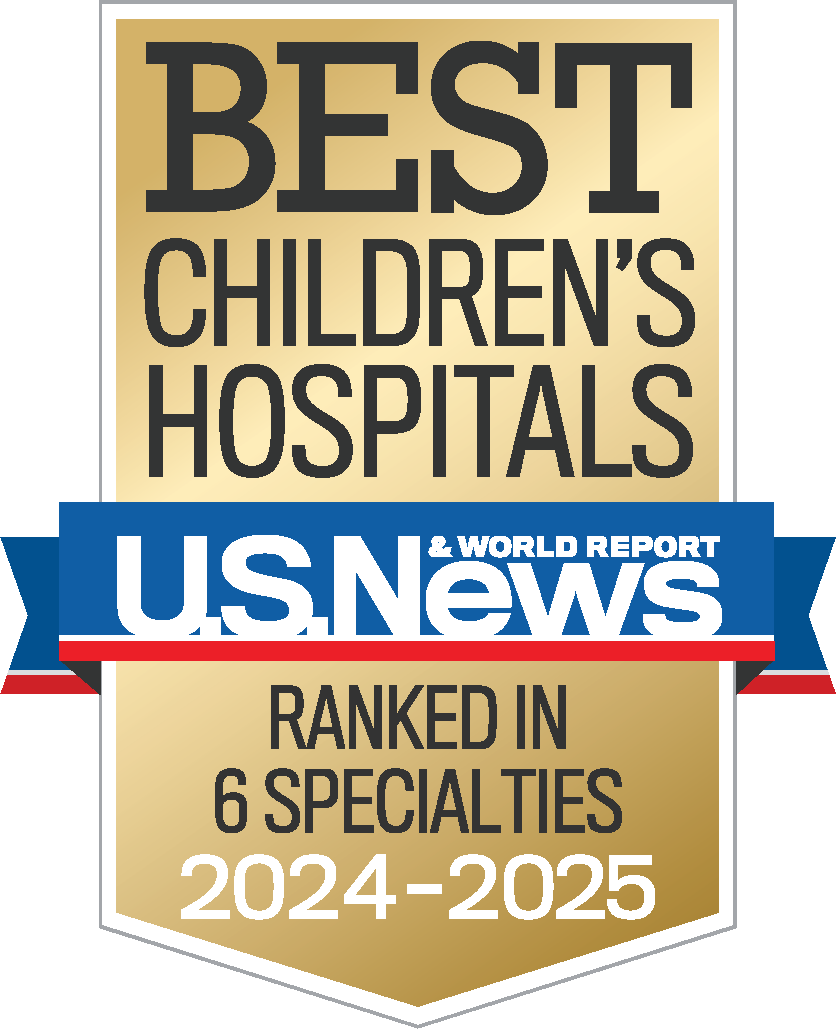STEP The Transition: What It Looks Like

Age 14 or 8th Grade
- Consider Long Term Goals for Living, Working, and Community Inclusion
- Help your child choose an educational diploma pathway. Select the appropriate coursework that will enable your child to meet their educational or vocational goals after high school
- Consider Prioritizing Functional vs. Academic Goals for Transition
- Financial and Legal Considerations:
- Special Needs Trust
- Legal Guardianship
Health Coverage
- Covered under family’s health insurance
- Medicaid benefits based on family eligibility
- Social Security
- Social Security benefits based on family (income) eligibility
- Encourage your child to take an active role at their doctor’s visits
Age 16 or 10th Grade
- Work Experience in the community should begin in earnest
- Consider involvement in Vocational Rehabilitation as a partner in the IEP Team (application for activation and evaluating if appropriate)
- Begin discussing a plan for Adult Medical Care with Appropriate Providers
- Establish Eligibility for ID/DD or the CWP Waiver (apply to be placed on the waiting list)
- Begin visits and discussions with potential service providers
- Obtain Non-Driver's Identification Card
Health Coverage:
- Covered under family health insurance
- Medicaid benefits based on family eligibility
- Social Security
- Benefits based on family (income) eligibility
Age 18 or 12th Grade Education:
- Option to exit high school or continue to explore different opportunities to have work experience up to age 21.
The Alabama Code states that children with disabilities who have not earned an Alabama High School Diploma and who have not reached their twenty-first birthday by August 1 are entitled to services up to age 21, even if it means that instruction is provided in excess of 12 years. A child who turns 21 on or after August 1 is entitled to begin and complete the school year. This went into effect beginning July 31, 2008.
Financial and Legal Considerations:
- Obtain Special Needs Trust
- In preparation for the age of majority (19) prepare for Legal Guardianship
Employment
- Possible participation in Supportive Employment (through ADRS referral, also network with friends and family members to look for employment opportunities after high school)
- Visit potential service providers
- Update eligibility on the 310 waiting list
- Consider volunteer opportunities
Health Insurance
- Contact family health insurance about coverage
- Medicaid benefits based on individual assets
- Social Security
- Social Security Age 18 redetermination
- Apply for Social Security
- Social Security benefits based on an individual’s assets
Age 21
Education
- End of coverage under IDEA
- Ensure that your child has a completed Summary of Academic Achievement and Functional Performance (SOP)
Health Care
- Transfer to services provided by adult health provider
- Medical benefits based on an individual’s assets
- Contact the family’s health insurance about coverage as an adult disabled child
Social Security
- Social Security benefits based on an individual’s assets
- Contact 310 about the need for services through the Medicaid Waiver
- Explore Transportation Alternatives
- ClasTran
- Max (VIP)





